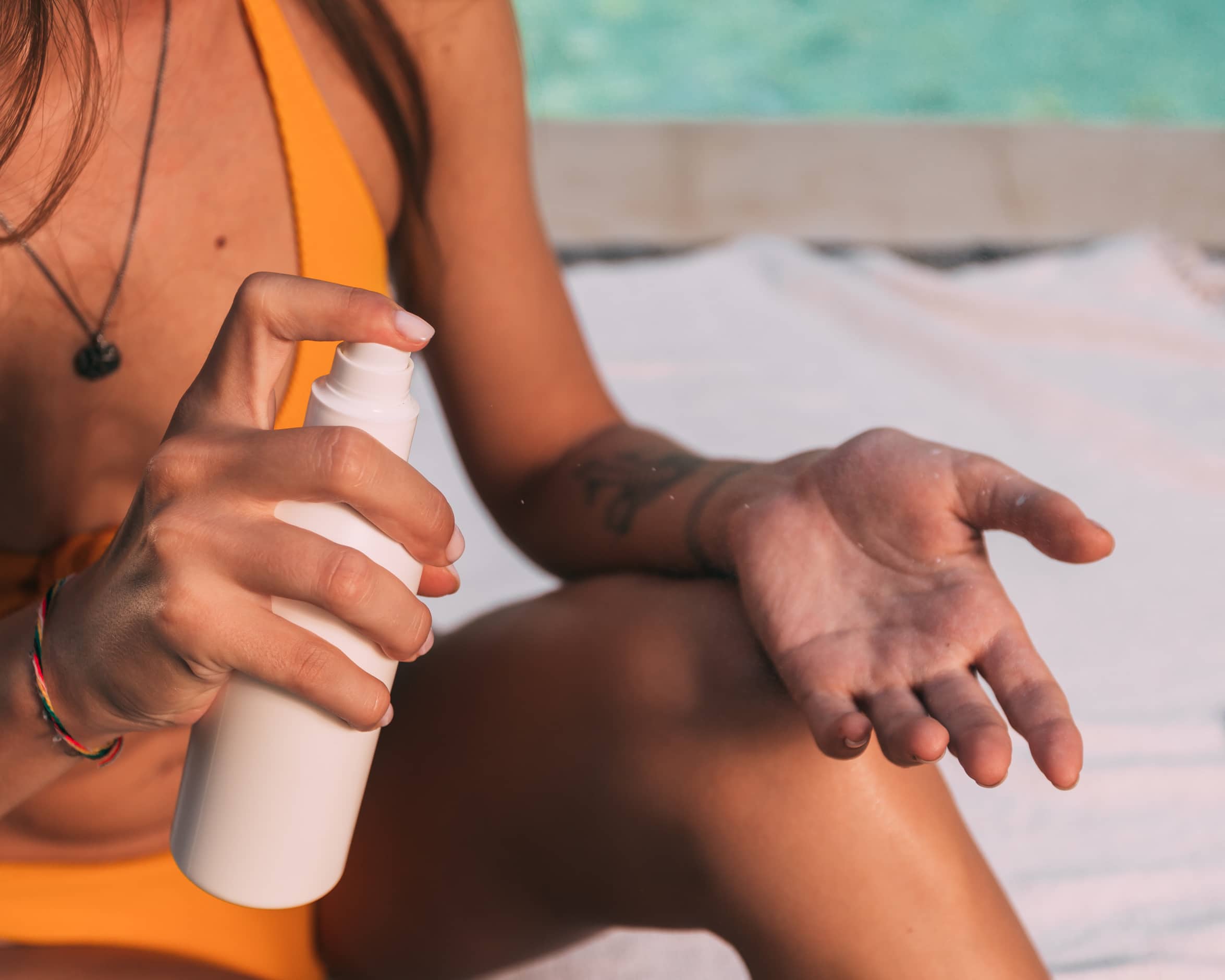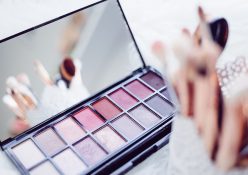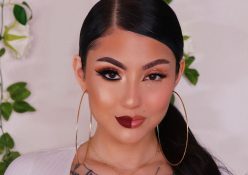Thought we’d forget to remind you about sunscreen? Never!
Winter tends to feel like a pale lifetime. Even in South Africa where we have tons of winter sun, it’s easy to slip on the sun-care routine until the sun starts feeling like the long-anticipated summer bliss we love to hate and hate to love. Every skincare routine should include SPF and regular reapplications at its heart. With that, we have a SPF-packed reminder of everything you need to know about sun care.
What do different SPF ratings mean?
The sun-protection factor (SPF) noted on sunscreens indicates the level of protection it offers against UVA/UVB rays. Dermatologists insist on a protective factor of 30 as the minimum, which essentially equates to a 97% protection against UVB rays. It’s recommended that you opt for a broad-spectrum formula to make sure you’re getting the optimal coverage you need for the health of your skin.
How much does SPF 30 differ from SPF 50+?
In short, SPF 50 equates to 98% protection against UVB rays – only 1% more than SPF 30. Highly rated sunscreens with an SPF of over 50 are essentially no more effective than SPF 50 and aren’t the golden standard for sun protection.
Is sunscreen the only protection I need?
Absolutely not! Sunscreen is to your skin’s health what vitamins may be to your diet: It’s simply one, scientifically formulated way of supporting your health. Sunglasses, hats, light layers and limiting exposure is an essential part of protecting your skin from the sun, and in turn, premature ageing. And before you buy the world’s largest and chicest umbrella, remember that the sun reflects off sand, signage, glass and just about any surface capable of reflecting UVA/UVB rays. Keep your protection close and make it a habit to plan your day around prime exposure time; between 12 am and 3 pm in the afternoon.
How do UVA and UVB rays differ?
UVA and UVB rays are ultraviolet rays from the sun, both of which reach the Earth’s surface. UVB rays are not able to penetrate as deeply as UVA rays, but both cause sunburn and play a significant role in causing skin cancer. Cancer is not all UVA rays are capable of doing, these sneaky rays penetrate into the deeper layers of the skin and lead to premature ageing and wrinkling. And if that wasn’t scary enough, UVA rays make up 95% of the overall UV rays that reach the earth’s surface.
How do physical and chemical sunscreens differ and what are they made of?
Sunscreens are both simple and complex, they typically contain multiple active ingredients that aid the protection of your skins
against UVA and UVB rays. Perhaps most important to understand is that there are different ways of protecting your skin. Ingredients fall
into two main categories: physical blockers and chemical absorbers. Common physical blockers are titanium dioxide and zinc oxide, and are the recommended route according to dermatologists. They’re favoured as they create a physical barrier between the skin and UV rays, blocking them from entering your skin in the first place. Chemical formulas work differently, common ingredients include oxybenzone, avobenzone, homosalate and octinoxate. These chemicals absorb the sun’s rays so your skin doesn’t have to, they are transformed into heat and leave through your skin. While physical UV filters block both UVA and UVB rays, chemical UV filters typically only protect against one or the other.
Do sunscreens expire?
FDA regulations require sunscreens to maintain their protection for at least three years, but many products don’t list an expiration date.
As with any beauty product or medication, if it has passed the listed expiration date or changes in colour or consistency, toss it!
Does skin tone affect the level of protection I need?
The shortest, most important answer is NO. Regardless of skin colour, you absolutely need broad-spectrum protection. Some skin tones burn more easily than others, but sunburn is not a necessary catalyst for skin, which can develop in darker skin types as well.
Words by Stephanie Titus
Photography





